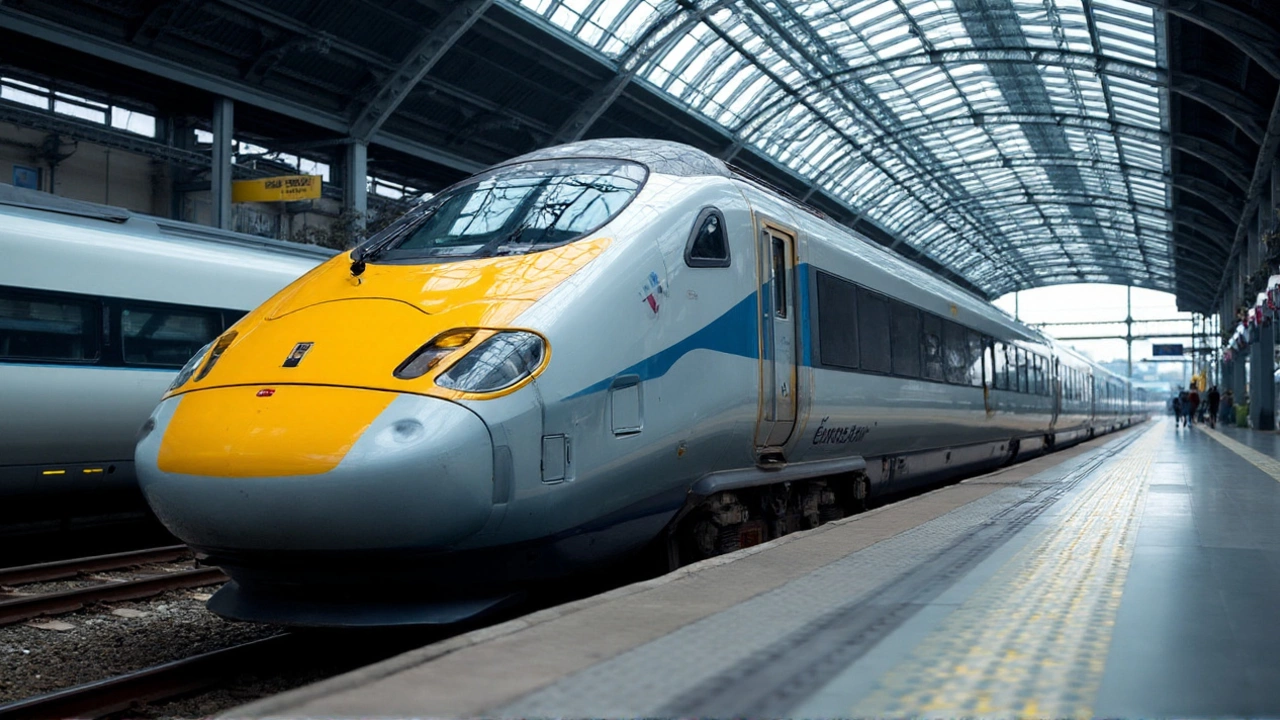Eurostar: Your Guide to Fast Cross‑Channel Train Travel
Eurostar, the high‑speed rail service linking London, Paris and Brussels through the Channel Tunnel. Also known as European Star, it offers rapid, comfortable cross‑border travel. This service is a prime example of high‑speed rail, rail systems that run at speeds above 250 km/h on dedicated tracks in action. The backbone of that speed is the Channel Tunnel, the underwater passage that connects the UK and France over 50 kilometers long. Together they create a seamless link between two of Europe’s biggest capitals, making daily commutes and weekend getaways feel like a short hop rather than a long haul. In short, Eurostar encompasses high‑speed rail travel, requires the Channel Tunnel, and influences tourism across the region.
When you step onto a Eurostar train at London St Pancras, you’re entering a network that serves more than just the capital. The service also reaches Brussels, Lille and seasonal destinations like Avignon, expanding the cross‑channel footprint. Each route benefits from smart ticketing, onboard Wi‑Fi and a business class that rivals short‑haul flights. The train’s design focuses on speed without sacrificing comfort – seats recline, power sockets are plentiful, and the dining car serves fresh, locally sourced meals. For travelers who value time, any trip between London and Paris can be completed in just 2 hours and 15 minutes, shaving off hours compared to driving or flying. This efficiency has made Eurostar a popular choice for both business travelers and leisure tourists, driving a steady rise in passenger numbers year after year.
Why Eurostar Stands Out in the Travel Landscape
One of the biggest advantages of Eurostar is its environmental edge. A single passenger on a Eurostar train emits roughly 90% less CO₂ than the same person flying the same route. That fact appeals to eco‑conscious travelers and aligns with city‑wide sustainability goals in London and Paris. Additionally, the service’s integration with national rail networks means you can hop off in Paris and catch a TGV to the French Riviera in under an hour, or board a local commuter train in Belgium to explore Bruges. The connectivity isn’t just geographic; it’s also digital. Eurostar’s mobile app lets you check real‑time schedules, select seats, and even order meals before you board, turning the journey into a hassle‑free experience. All these features show how Eurostar blends speed, convenience, and green travel into a single package.
Below you’ll find a collection of articles that dive deeper into Eurostar’s latest updates, ticket‑saving hacks, route expansions and passenger stories. Whether you’re looking for practical tips to snag the cheapest fares, curious about the technical side of high‑speed rail, or simply want to read about unforgettable trips across the Channel, the posts ahead cover it all. Jump in and explore the full picture of what makes Eurostar a standout option for modern travel.
Eurostar to launch direct London–Frankfurt and London–Geneva routes by early 2030s
Eurostar plans direct trains from London to Frankfurt and Geneva in the early 2030s, targeting five-hour journeys and a major boost in rail connectivity. Backed by a €2 billion fleet investment and a goal of 30 million passengers a year, the group also plans an Amsterdam/Brussels–Geneva link. The move answers rising demand for lower-carbon travel but hinges on new border facilities, station upgrades, and regulatory approvals.
Read More
